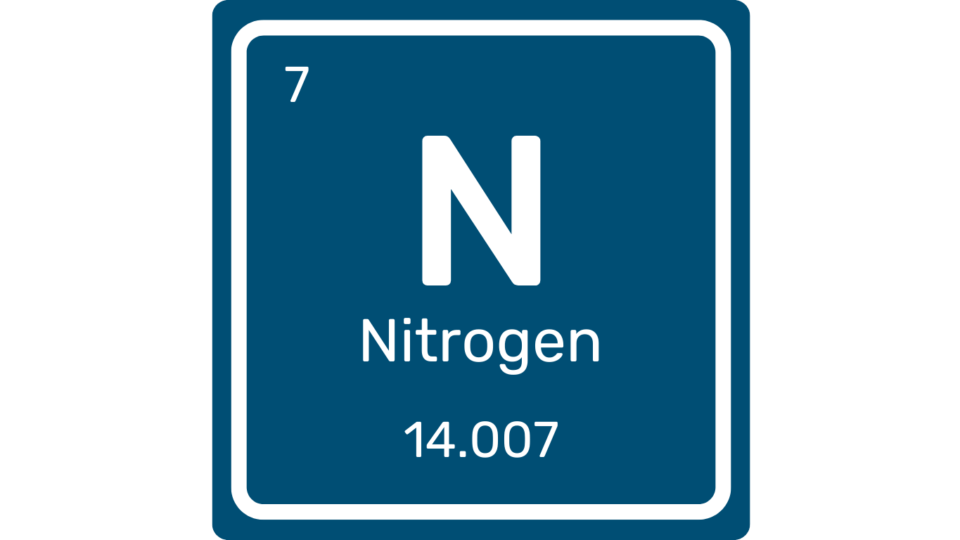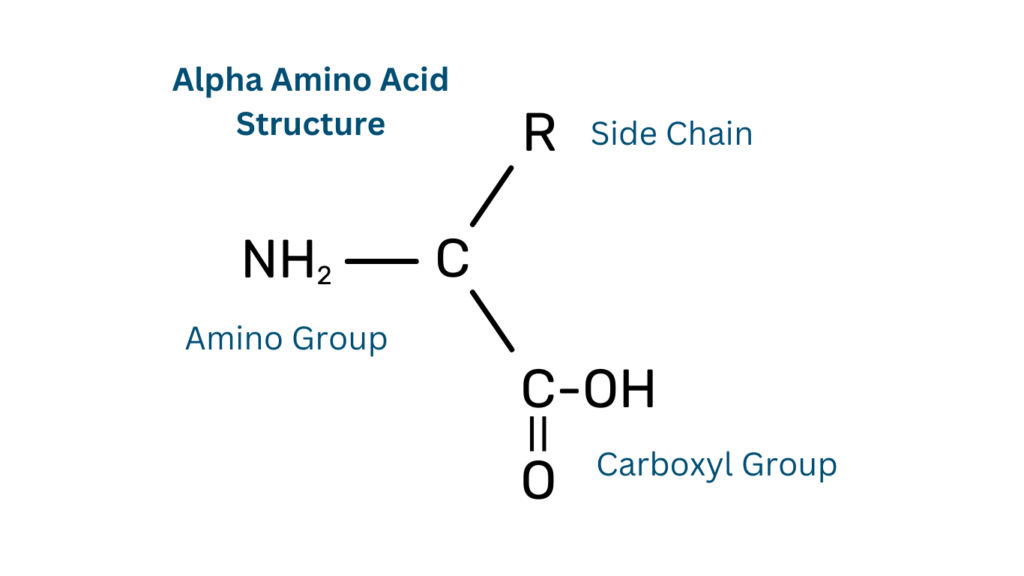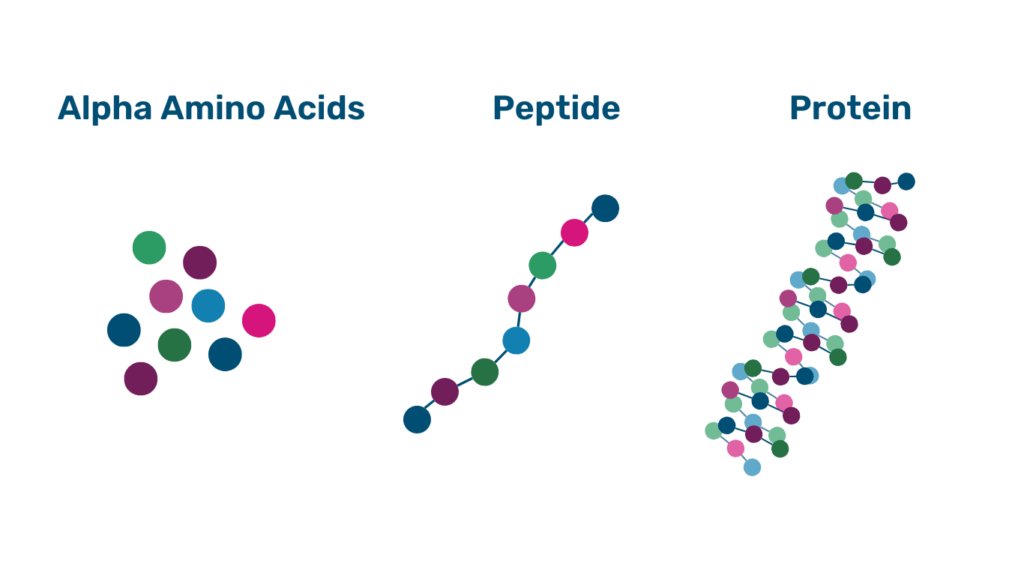PAN/FAN/YAN – What is the difference?

Like the rest of us, yeast need food to do their best work. One of these “foods” is nitrogen. Depending on your industry (and role in said industry) you may have heard nitrogen referred to in various ways. Below, we’ve listed the most common ways nitrogen is referred to and what the difference is between them.
PAN: Primary Amino Nitrogen
An amino group (NH2) that is attached to an amino acid or small peptide (di- or tri-) in the primary (aka alpha) position.
Right. So what does that mean?
Alpha amino acids are the basic building block of peptides and proteins. They all have the same two features in common, an amino group (NH2) and a carboxyl group (COOH) at the end of a chain (R). When an amino group is attached to the first carbon next to the carboxyl group, it is in the alpha, or first, position. If it was one carbon further away, it would be in the beta, or second, position. The makeup of the side chain is relatively unimportant here.

When a few alpha amino acids are bound together, they form a peptide. A dipeptide is two alpha amino acids. A tripeptide is three alpha amino acids. When more than 50 alpha amino acids are bound together, they make a protein.

So tying it back to our definition of PAN, we can see that Primary Amino Nitrogen largely refers to alpha amino groups. These alpha amino groups can be easily removed from alpha amino acids and small peptides (insert chemistry magic that has to do with carboxyl groups being highly reactive) making them readily available for yeast metabolism.
Larger peptides and proteins have a much stronger hold on their amino groups and are not as easily convinced into giving up their nitrogen.
This terminology is most commonly used in wine and cider production. In these industries, you may also see PAN referred to as NOPA (nitrogen by OPA – a fluorescent derivatization reagent) or PANOPA (primary amino nitrogen by OPA).
FAN: Free Amino Nitrogen
What the wine and cider industries call PAN is better known as FAN in the brewing industry. Depending on the starting product being referred to, juice or wort, the terms are interchangeable.
The term “Free” relates to the availability of an amino group to be removed from its compound by the yeast.

YAN: Yeast Assimilable Nitrogen
The total amount of nitrogen present in a sample that is accessible to yeast as a nutrient for metabolism. Sources include PAN/FAN and ammonia (NH4).
In traditional all-malt worts, there is plenty of FAN to support yeast metabolism. Thus, ammonia is considered inconsequential and YAN is often not reported.
Grape juice, apple juice, and adjunct-heavy worts are not as naturally high in PAN/FAN, so the ammonia component is important when considering the total yeast assimilable nitrogen present.
Fermentation will stall if the YAN content of a juice or wort is not high enough. Within an hour of running out of nitrogen, yeast will produce hydrogen sulfide – an unpleasant rotten egg-like odor.
Alternatively, excess amounts of nitrogen will mean there is “food” left in solution after fermentation is complete and spoilage microorganisms may thrive.
Different yeast strains need different amounts of YAN. Check with your yeast provider for the required amount of nitrogen for each strain used.
